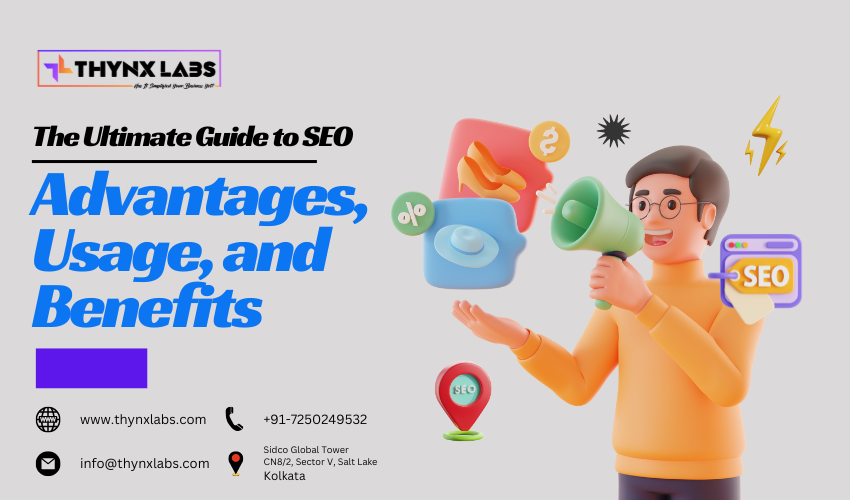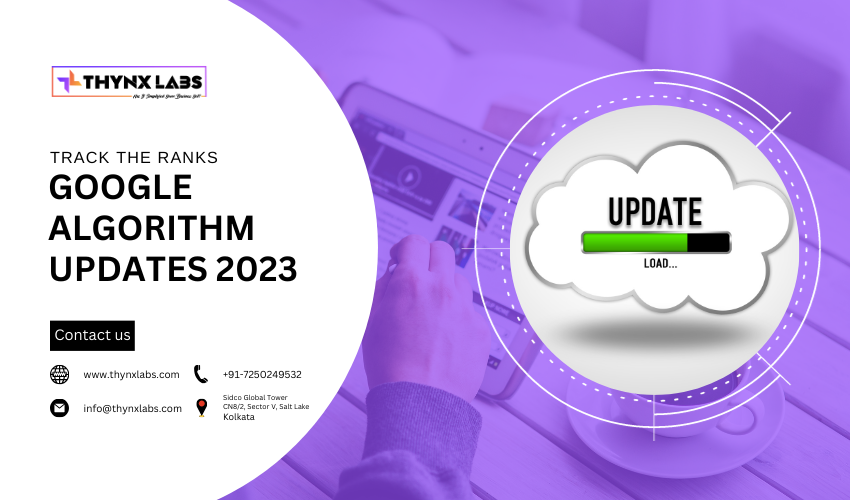Google Core Web Vitals
Google Core Web Vitals: A Simple Guide
In the ever-evolving world of website optimization, understanding Google Core Web Vitals is paramount. These metrics have become central to Google's ranking algorithm, impacting user experience and search rankings. In this comprehensive guide, we'll break down Google Core Web Vitals, explaining what they are, why they matter, and how you can optimize your website to meet these essential standards.
Understanding Google Core Web Vitals: What Are They?
Google Core Web Vitals are a set of specific factors that Google considers essential for a website’s user experience. These vitals focus on three key aspects:
- Loading Performance (Largest Contentful Paint - LCP): LCP measures how long it takes for the largest content element on a page to load. It ensures that the main content becomes visible to users as quickly as possible.
- Interactivity (First Input Delay - FID): FID quantifies the responsiveness of a web page. It measures the time between a user’s first interaction with the page (like clicking a button) and the browser’s response to that interaction.
- Visual Stability (Cumulative Layout Shift - CLS): CLS gauges the visual stability of a web page by measuring unexpected layout shifts. A good user experience ensures that elements don't move around unexpectedly, preventing accidental clicks or frustrated users.
Why Google Core Web Vitals Matter
- User Experience: Websites optimized for Core Web Vitals provide a seamless and satisfying experience for users, leading to higher engagement and lower bounce rates.
- SEO Ranking: Google has incorporated Core Web Vitals into its ranking algorithm. Websites that meet these criteria are more likely to rank higher in search results, improving visibility and organic traffic.
How to Optimize for Google Core Web Vitals
1. Optimize Loading Performance (LCP)
- Minimize Server Response Time: Upgrade your hosting, optimize server configurations, and use Content Delivery Networks (CDNs) to reduce server response time.
- Browser Caching: Implement proper caching strategies to allow elements to load faster for returning visitors.
- Optimize Images and Videos: Compress images, use responsive images, and lazy load media elements to improve loading times.
2. Improve Interactivity (FID)
- Minimize JavaScript Execution: Reduce unnecessary JavaScript, split long tasks, and utilize browser workers effectively.
- Optimize Third-Party Scripts: Limit third-party scripts and only use essential ones. Consider asynchronous loading for non-essential scripts.
3. Enhance Visual Stability (CLS)
- Set Dimensions for Media: Reserve space for images, ads, and embedded media to prevent sudden layout shifts when they load.
- Avoid Dynamically Injected Content: Ensure that dynamic content (like ads or pop-ups) doesn’t push down existing content, causing unexpected shifts.
Testing and Monitoring Your Core Web Vitals
- Google PageSpeed Insights: Use Google’s PageSpeed Insights tool to analyze your website's performance and receive recommendations for improvement.
- Google Search Console: Monitor your Core Web Vitals report in Google Search Console to track your website’s performance over time and identify specific pages that need attention.
Conclusion
Google Core Web Vitals are more than just metrics; they are a standard for delivering exceptional user experiences. By optimizing your website to meet these vital criteria, you not only enhance user satisfaction but also boost your SEO rankings, ensuring your website stands out in the competitive online landscape. Stay proactive, monitor your site’s performance, and keep refining to provide a seamless browsing experience for your visitors.


